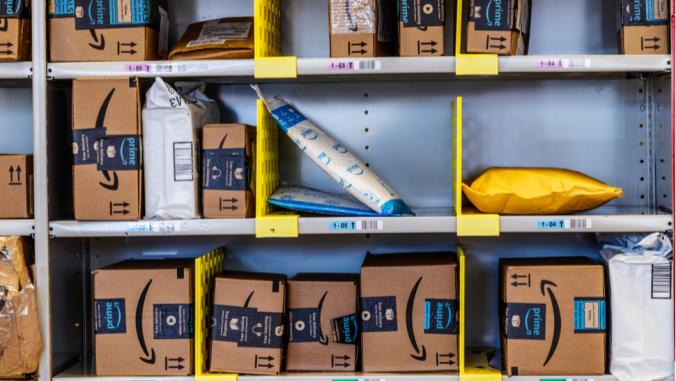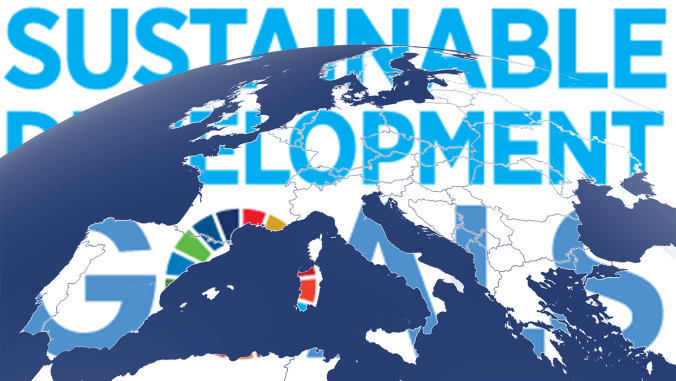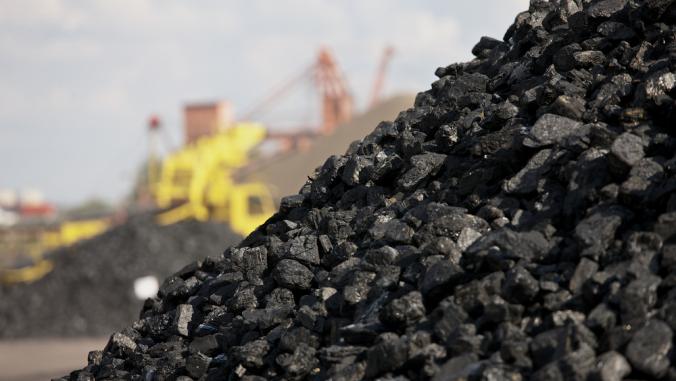U.K. project to turn business waste into green roof material
<p>Cradle to cradle project will use waste from a food grade plastic recycler, gasification plant and anaerobic digestion plant.</p>

Green roof image by Sukpaiboonwat via Shutterstock.
East London businesses will have the opportunity to see how a truly circular economy could work, after planning permission for the United Kingdom's first industrial scale cradle to cradle demonstration project was granted this week.
Cradle to cradle business models involve the collection of waste materials that otherwise might go to landfill in order to make new products that can be recycled and reused themselves, saving resources, cutting greenhouse gas emissions and reducing costs.
The new demonstrator will turn by-products from tenants at the London Sustainable Industries Park (London SIP) in Dagenham, including a food grade plastic recycling business, a gasification plant and an anaerobic digestion plant, into aggregate material that can be used to help drainage on green roofs or on pathways in place of gravel.
The project forms part of a pan-European initiative called C2C BIZZ, which aims to accelerate the application of cradle to cradle (C2C) principles at business sites and in the wider built environment throughout Northwest Europe. According to the Institute for Sustainability, which secured planning permission for the new project, the pilot will be used to produce a toolkit for creating C2C business and innovation sites and provide guidance on finance models, operational best practices and technical advice for future sites.
Stella Okeahialam, program director at the institute, said cradle to cradle systems could help tackle the 434 million tonnes of waste produced every year in the U.K., while also generating economic benefits for participating businesses and communities.
"As global demand for resources and the cost of transporting and disposing of unwanted materials increases, a number of approaches such as C2C and circular economy encourage a transformation in the way waste is considered and managed," she said in a statement.
"The demonstrator provides a unique opportunity to show in practice how these approaches applied to industrial resources could not only reduce waste and help preserve finite resources, but can be commercially viable in the long term."
This article originally appeared at Business Green.
Green roof image by Sukpaiboonwat via Shutterstock.





